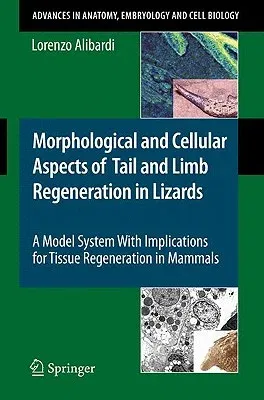Lorenzo Alibardi
(Author)Morphological and Cellular Aspects of Tail and Limb Regeneration in Lizards: A Model System with Implications for Tissue Regeneration in Mammals (2010Paperback - 2010, 18 December 2009

Qty
1
Turbo
Ships in 2 - 3 days
In Stock
Free Delivery
Cash on Delivery
15 Days
Free Returns
Secure Checkout

Part of Series
Advances in Anatomy, Embryology and Cell Biology
Print Length
112 pages
Language
English
Publisher
Springer
Date Published
18 Dec 2009
ISBN-10
3642037321
ISBN-13
9783642037320
Description
Product Details
Author:
Book Edition:
2010
Book Format:
Paperback
Country of Origin:
DE
Date Published:
18 December 2009
Dimensions:
23.11 x
15.49 x
0.76 cm
ISBN-10:
3642037321
ISBN-13:
9783642037320
Language:
English
Location:
Berlin, Heidelberg
Pages:
112
Publisher:
Weight:
294.83 gm